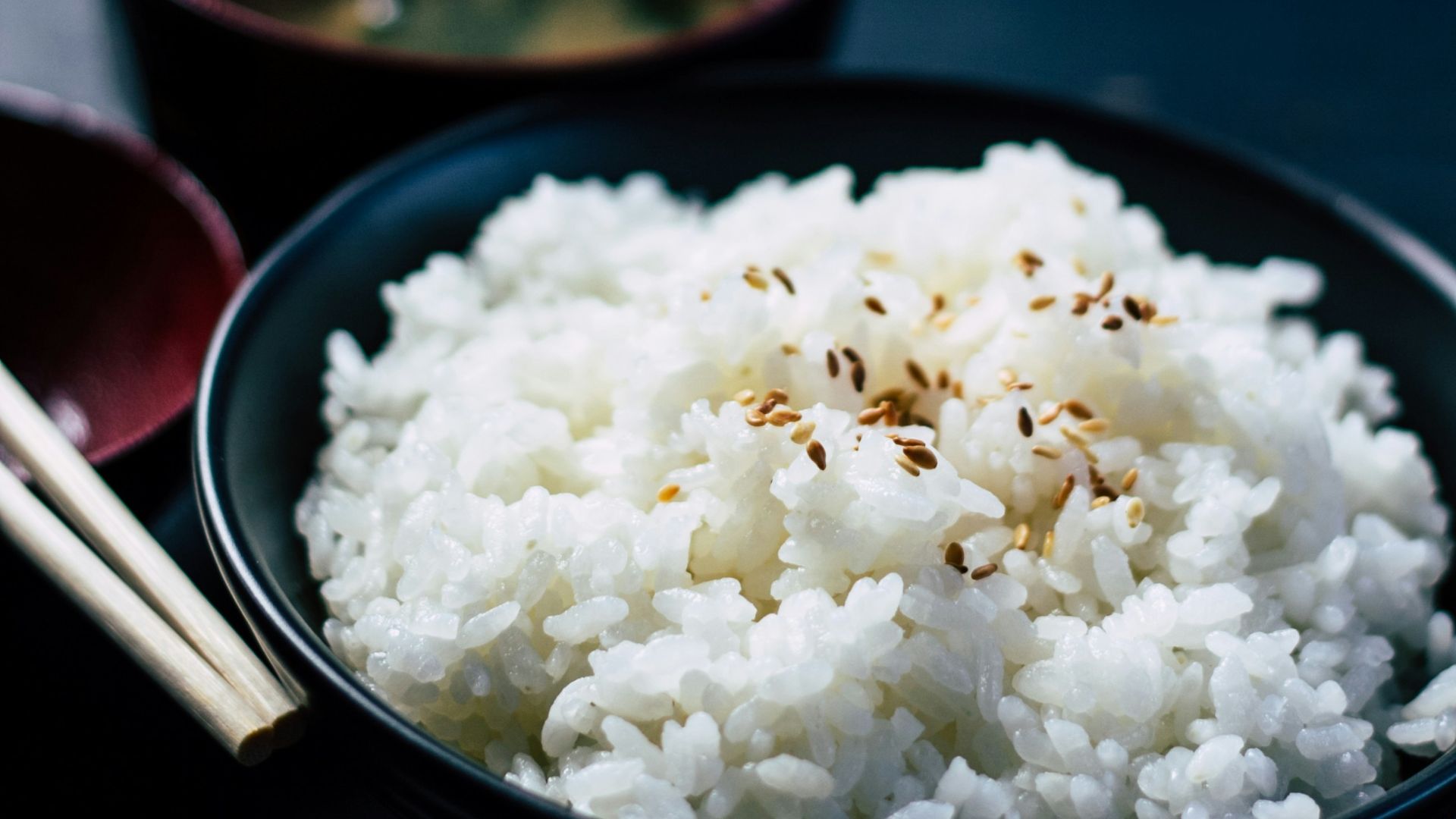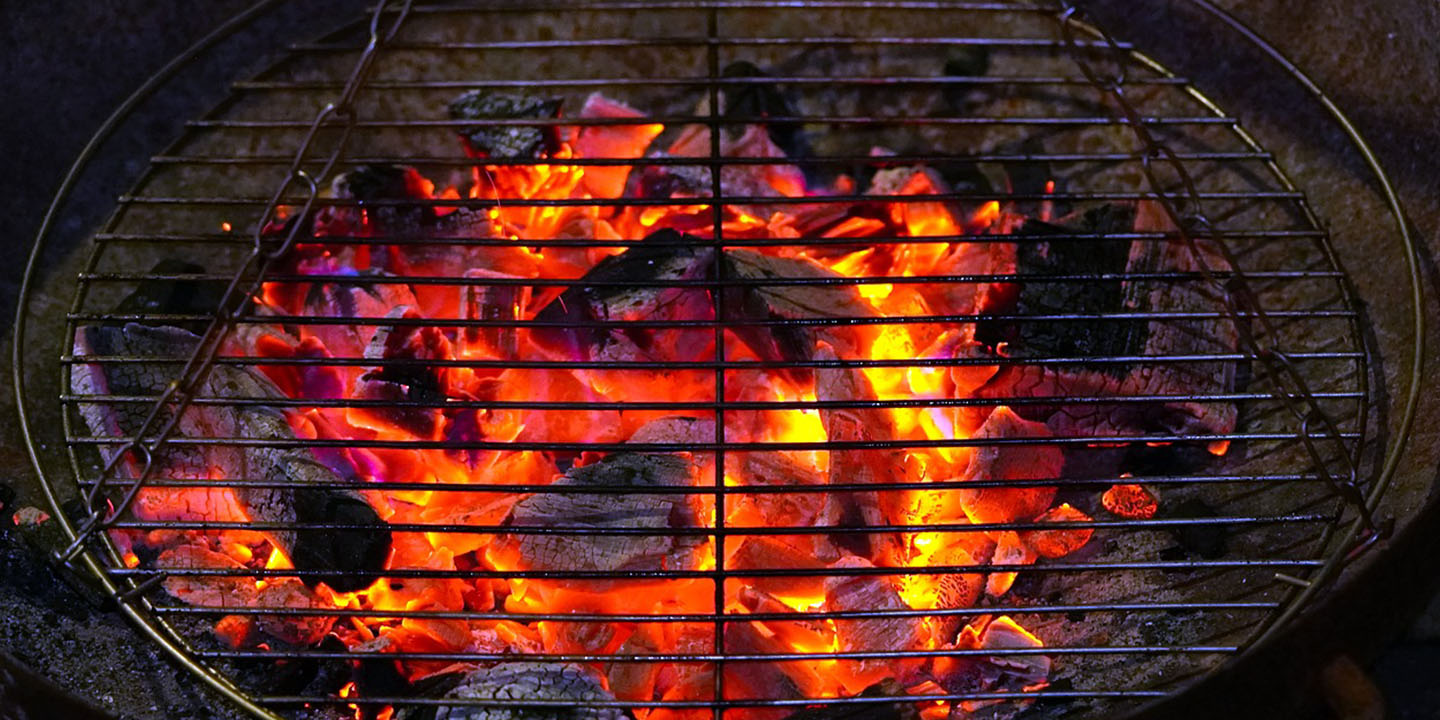There's No Need To Be Scared Of Leftover Rice—This Is How You Can Safely Enjoy It
Leftover rice is a staple in many households. It's easy to make, but just as easy to make too much since it's so convenient and versatile. It can be used in a stir-fry, tacos, bowls, or as the foundation of many dishes. Rice might seem basic, which is fair, but it can contribute meaningfully to an array of meals.
The caution and hesitation people have about leftover rice is overblown. With the proper handling, storage, and reheating method, it is both safe and tasty. You just need the knowledge to turn a pot of rice into several meals, where most people do not even realize that the rice was cooked days earlier.
Let's look at the best ways to deal with leftover rice and how you can make the most of it.
The Downside to Leftover Rice
Rice can develop a bacterium called Bacillus cereus, which can survive even after cooking. If rice is left at room temperature for too long, this bacterium can multiply and produce toxins. There's even something called "fried rice syndrome", an illness that can occur when cooked rice is left out at certain temperatures for too long.
Here's the thing to remember. Reheating rice doesn't fully remove the risk. This is because the toxins are often heat-stable. While leftover rice doesn't automatically present danger to anyone looking to eat it, it's pivotal to store and reheat it properly.
All this said, rice isn't an overly risky food to cook and eat. You just need to pay attention to how you treat it after the meal.
Storing and Reheating Leftover Rice
There are a few easy steps you can take to enjoy leftover rice. For starters, after you cook the rice, don't leave it out at room temperature for longer than two hours. You can speed up the cooling process by dividing it into shallow containers and then refrigerating once it's cool.
Once refrigerated, rice should be eaten within four days. This is the safest and also should allow the rice to maintain its texture and flavor. When reheating, get the rice piping hot all the way through before serving or eating it. Most importantly, you should only reheat rice once, as each reheating cycle can increase the associated risks.
If you notice that your rice has an unusual smell or a slimy texture, you should discard it immediately.
You Can Enjoy Leftover Rice
If properly stored and reheated, leftover rice is a tasty and efficient addition to most dinners. Its slightly dryer texture can still work in bowls, tacos, or as a fried rice. You can simply add some vegetables to it and douse it with some soy sauce if you're in a rush.
By cooling it quickly and storing it safely, you can avoid the danger zone with leftover rice and reduce the chances that it will pose any health risks. Other benefits include that you can limit food waste by creatively using leftover rice, and it's convenient for busy people to eat during the week.
If you respect the rules around leftover rice, you shouldn't be scared to eat it. The risk only comes from carelessness or forgetting to store it before it's too late. So, enjoy leftover rice with confidence and have fun with its versatility.
KEEP ON READING









